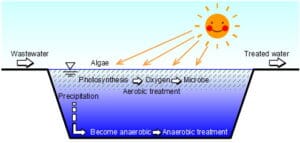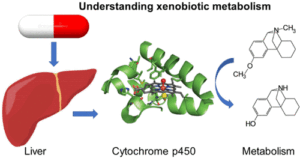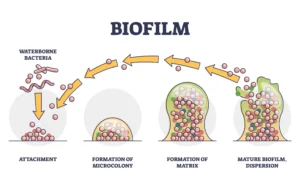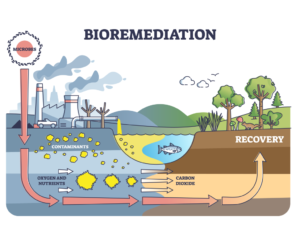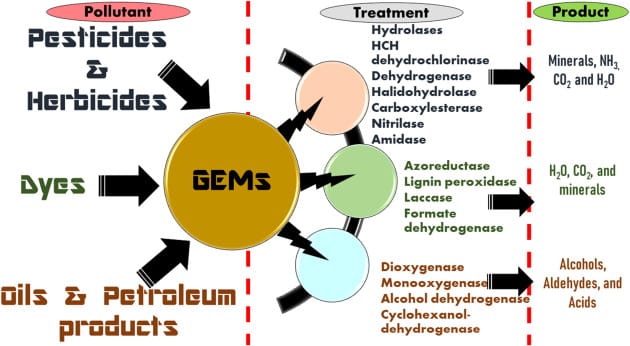A Waste Stabilization Pond (WSP) is a natural or engineered basin designed for treating wastewater through biological processes involving microorganisms, algae, and sunlight. It is one of the simplest and most cost-effective methods for wastewater treatment, particularly in areas with ample land availability. WSPs are widely used in rural and peri-urban areas for treating domestic, agricultural, and industrial wastewater.
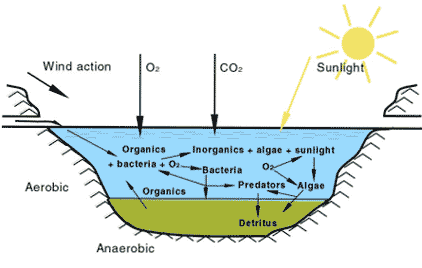
Types of Waste Stabilization Ponds
- Anaerobic Ponds:
- Operate without oxygen.
- Treat high-strength wastewater by anaerobic digestion.
- Typically deep (2–5 meters) to limit oxygen penetration.
- Suitable for the initial treatment stage of high-organic-load wastewater.
- Facultative Ponds:
- Have both aerobic (surface) and anaerobic (bottom) zones.
- Depth ranges from 1.2 to 2.5 meters.
- Organic matter is degraded aerobically at the top and anaerobically at the bottom.
- Used for secondary treatment.
- Maturation Ponds:
- Shallow ponds (0.5–1.5 meters) designed for pathogen removal and final polishing of effluent.
- Algal activity plays a significant role in oxygen production and nutrient uptake.
- Primarily used to improve effluent quality for discharge or reuse.
Mechanism of Wastewater Treatment in WSPs
- Biological Degradation:
- Microorganisms break down organic matter.
- Aerobic bacteria dominate in the presence of oxygen, while anaerobic bacteria thrive in oxygen-deprived zones.
- Algal Activity:
- Algae produce oxygen through photosynthesis, supporting aerobic bacteria.
- Algae also contribute to nutrient uptake, particularly nitrogen and phosphorus.
- Pathogen Removal:
- Pathogens are removed through natural die-off, predation by other microorganisms, and exposure to sunlight (UV radiation).
- Sedimentation:
- Suspended solids settle to the bottom, forming sludge that undergoes anaerobic digestion.
Advantages of Waste Stabilization Ponds
- Low Cost: Requires minimal capital and operational investment.
- Simple Operation: Easy to manage with minimal technical expertise.
- Pathogen Removal: Effective in reducing pathogenic microorganisms.
- Resource Recovery: Treated water can be reused for irrigation or aquaculture.
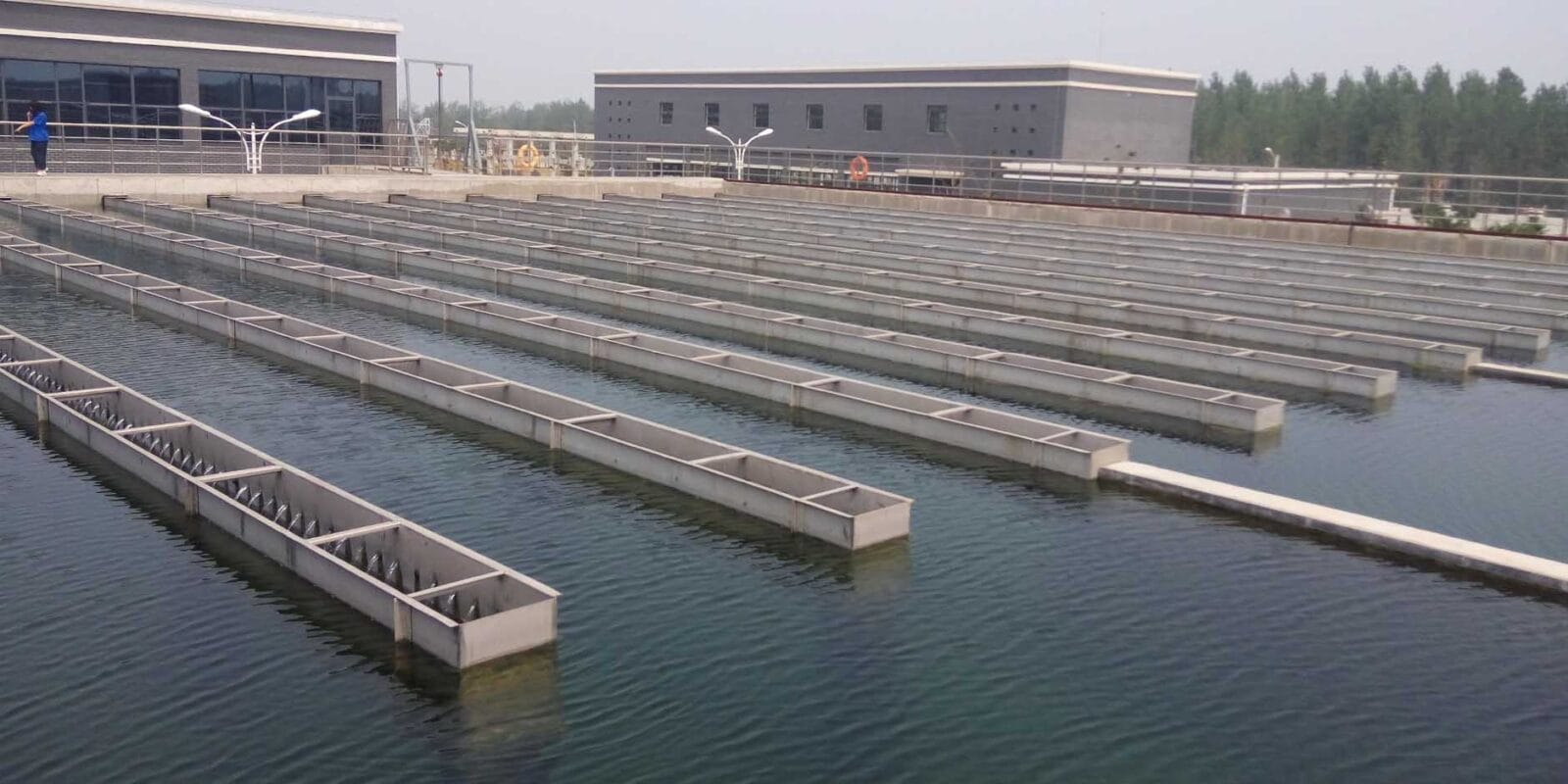
Limitations of Waste Stabilization Ponds
- Large Land Requirement: A significant area is needed for construction.
- Odor Issues: Anaerobic ponds may generate odors.
- Climate Sensitivity: Performance can be affected by temperature and seasonal variations.
- Sludge Management: Requires periodic sludge removal and disposal.
Applications
- Domestic Wastewater Treatment: Commonly used in rural and small communities.
- Industrial Wastewater Treatment: Suitable for food processing, breweries, and dairies.
- Agricultural Waste Management: Handles manure and irrigation return flows.
Waste Stabilization Ponds are an environmentally friendly and economical solution for wastewater treatment, especially in developing regions. They integrate biological processes with natural systems to achieve effective pollutant removal and resource recovery.

